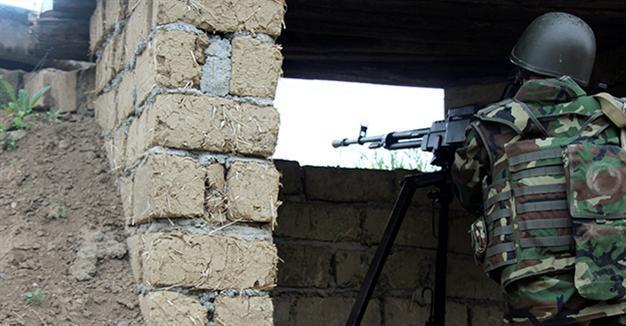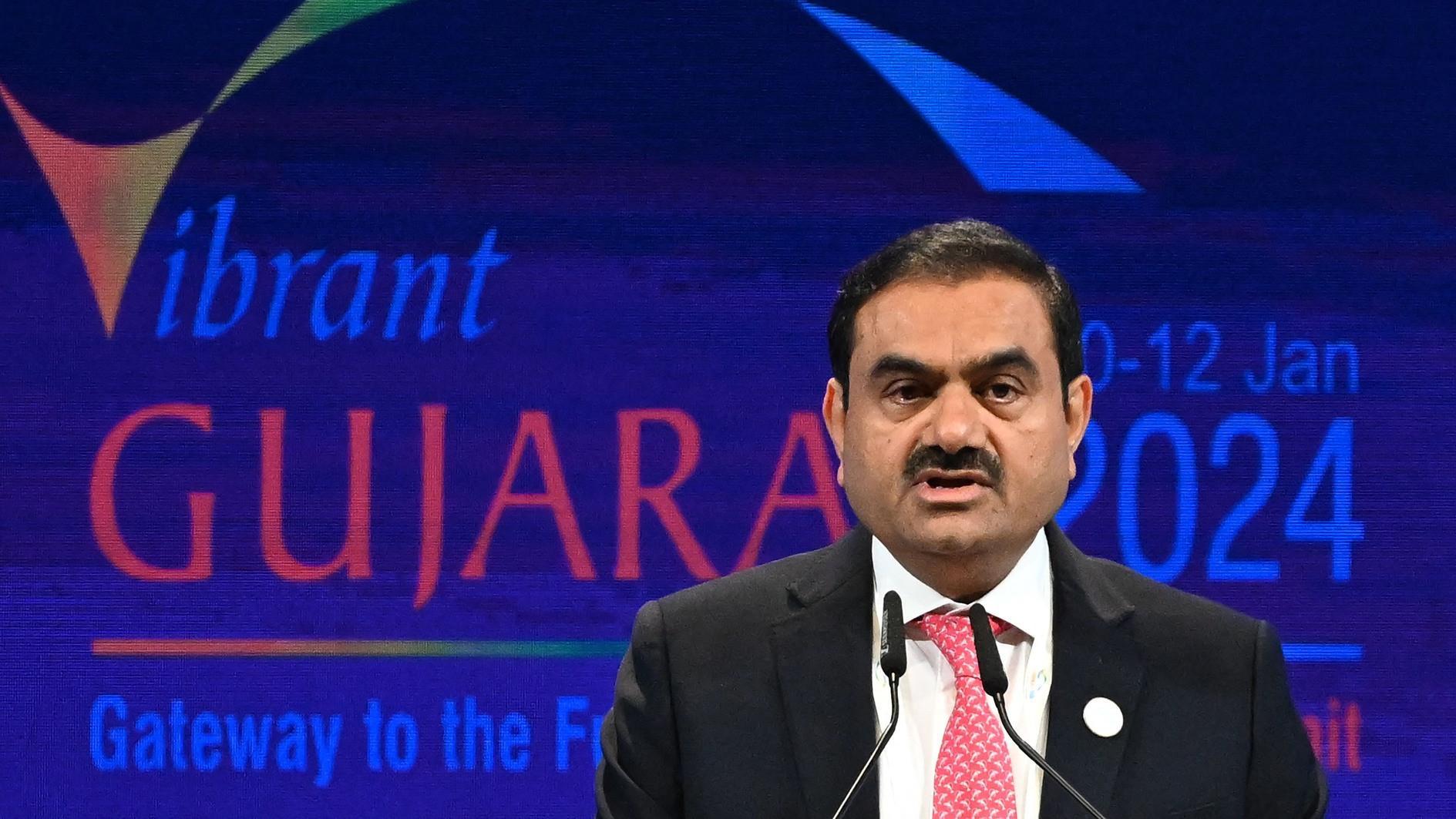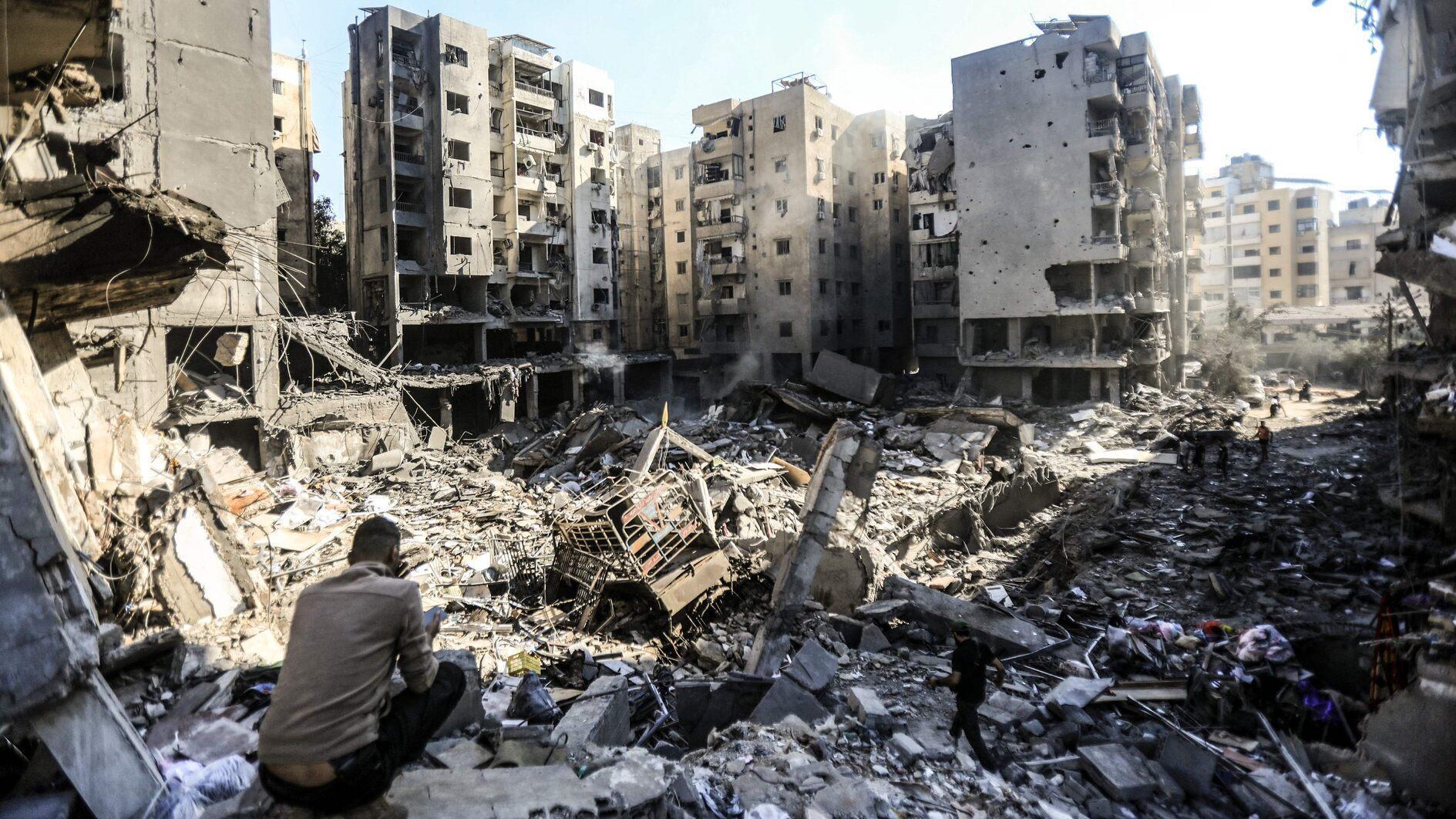Armenian, Azeri leaders agree on a need for Nagorno-Karabakh cease-fire
VIENNA – Reuters

An Azeri serviceman aims his weapon at the frontline with the self-defense army of Nagorno-Karabakh in Azerbaijan, April 29, 2016 - AFP photo
The presidents of Armenia and Azerbaijan agreed on May 16 on the need for a cease-fire and a peaceful settlement to the conflict in the Nagorno-Karabakh region, according to a joint statement by the United States, France and Russia.The two leaders also agreed at a meeting in Vienna they would fix the time and place of their next meeting in June and that the Organisation for Security and Cooperation in Europe (OSCE) would quickly finalize a plan to monitor the cease-fire in Nagorno-Karabakh, the statement said.
“The presidents reiterated their commitment to the cease-fire and the peaceful settlement of the conflict,” it said. “To reduce the risk of further violence, they agreed to finalize in the shortest possible time an OSCE investigative mechanism.”
The Vienna meeting, which was organized by the Minsk Group that is co-chaired by France, Russia, and the U.S., was the first between Armenian President Serzh Sarksyan and Azeri President Ilham Aliyev since a dramatic flare-up in violence between Armenian-backed separatists in Nagorno-Karabakh and Azeri forces last month which killed dozens of people and pushed relations to a multi-year low.
The existing cease-fire may have stopped the short conflict becoming an all-out war a month ago, but gunfire and shelling still echo nightly, residents say, and people are still being killed.
Azerbaijani Defense Ministry said May 17 that an Azeri soldier was killed near Karabakh as a result of a cease-fire violation.
After the meeting, Russian Foreign Minister Sergei Lavrov said he sensed there was now a desire on both sides for a compromise and that Russia was ready to do what it could to broker a more satisfactory deal, according to RIA news agency.
U.S. Secretary of State John Kerry, in Vienna for meetings on Syria and Libya, held one-on-one talks with each of the leaders.
Sarksyan’s office confirmed the details in a statement, saying a deal had been struck to step up monitoring of the existing cease-fire, to look at beefing up the OSCE team and to take steps towards resuming talks on finding a more permanent solution.
The conflict has worried the international community in part because it could cause instability in a region that serves as a corridor for pipelines taking oil and gas to world markets.
The United States said before the meeting it was seeking a commitment from both leaders to a 1994 ceasefire agreement and confidence building measures that could eventually lead to a comprehensive settlement.
Azerbaijan and Armenia fought a war over the mountainous territory with a population of mostly ethnic Armenians in the early 1990s, during which thousands were killed on both sides, and hundreds of thousands were displaced.
The fighting ended in 1994 with a cease-fire. The territory is now ruled by Armenia-backed separatist authorities who claim independence and are backed by Yerevan but are not recognized by any state.
A U.S. official said the meeting would not have time to delve into the substance of how the conflict could be resolved, although it would seek support from both sides of elements that would form the basis for moving ahead.
















